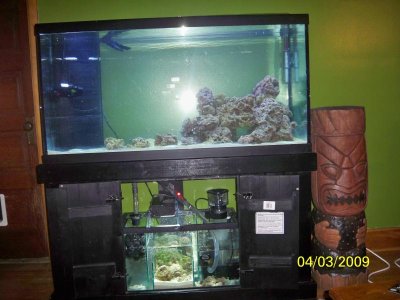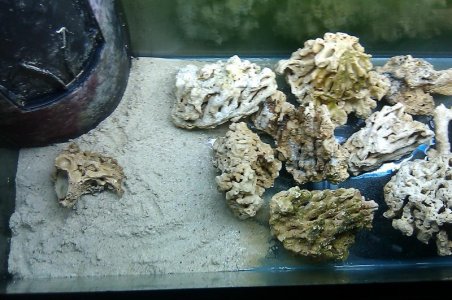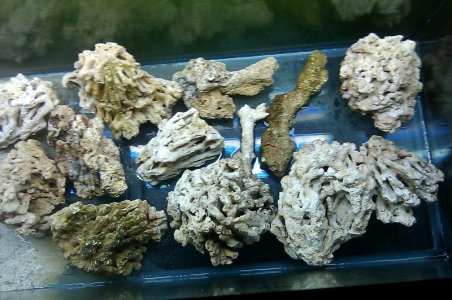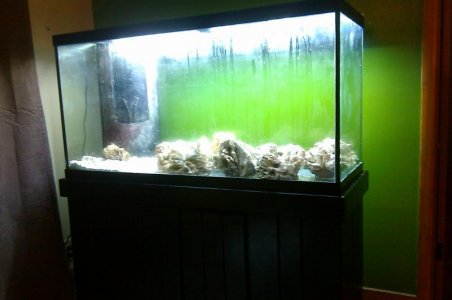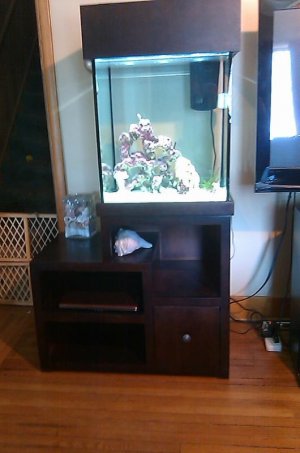Bretts05jeep
New member
I have been doing a reef tank for almost two years and I have always wanted seahorses so here I go. I hope to use this thread to make sure I don't make any bad decisions along the way.
The only things I know about them so far is they need low flow, they like cooler temp, and they need very good water quality.
I just bought a new 14gl boicube. It did not come with a protein skimmer or a heater so I am going to have to add these still.
The main things I need to know before I even put water in the tank is should I buy new sand and dry live tock or is it ok to use sand and rock out of my established 150 tank. My only concern with the stuff out of my other tank is the sand has spaghetti worms and the live rock could have aphasia and who knows what else. Any dos and don'ts would also be helpful.
I will post lots of pictures of my progress because that makes it more fun.:thumbsup:
The only things I know about them so far is they need low flow, they like cooler temp, and they need very good water quality.
I just bought a new 14gl boicube. It did not come with a protein skimmer or a heater so I am going to have to add these still.
The main things I need to know before I even put water in the tank is should I buy new sand and dry live tock or is it ok to use sand and rock out of my established 150 tank. My only concern with the stuff out of my other tank is the sand has spaghetti worms and the live rock could have aphasia and who knows what else. Any dos and don'ts would also be helpful.
I will post lots of pictures of my progress because that makes it more fun.:thumbsup:

